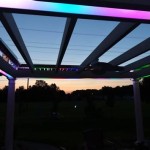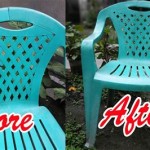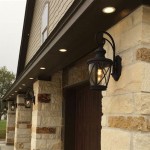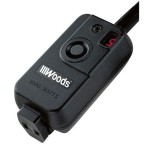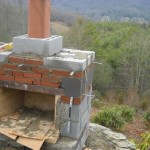Essential Aspects of Outdoor Ice Rink Lighting
Outdoor ice rinks are a winter wonderland for skating enthusiasts, providing a place to glide effortlessly across the ice. However, proper lighting is crucial to ensure a safe, enjoyable, and visually appealing skating experience. Here are the essential aspects to consider when designing and installing an outdoor ice rink lighting system:
1. Illuminance Levels:
The illuminance level, measured in lux, determines the brightness of the lighting. For outdoor ice rinks, a minimum illuminance of 200 lux is recommended, with higher levels preferred for competition or professional skating. Ensure uniform light distribution to avoid dark spots and glare.
2. Color Temperature:
Color temperature affects the appearance of the ice surface. Warm white light (2700-3000 Kelvin) creates a cozy and inviting atmosphere, while cool white light (4000-5000 Kelvin) provides a brighter, more natural look. Choose a color temperature that complements the rink's surroundings and desired ambiance.
3. Luminaire Selection:
Consider the type of luminaires used, such as LED floodlights or metal halide lamps. LED floodlights offer higher efficiency, longer lifespans, and reduced maintenance costs. Choose fixtures with appropriate beam angles to provide optimal light distribution and minimize glare.
4. Mounting Height and Spacing:
The mounting height and spacing of the luminaires determine the light coverage and uniformity. Higher mounting heights and wider spacing result in less glare but may require more fixtures. Determine the optimal mounting plan based on the rink's size and desired lighting effect.
5. Glare Control:
Excessive glare can be distracting and uncomfortable for skaters. Use fixtures with built-in glare shields or specify low-glare lenses to minimize the amount of direct light emitted towards the skaters' eyes. Consider installing hooded fixtures or shielding the light sources to further reduce glare.
6. Energy Efficiency:
Outdoor ice rink lighting systems can consume significant energy. Opt for energy-efficient LED fixtures that provide the desired lighting levels while reducing electricity usage. Use motion sensors or timers to turn off lighting when the rink is not in use to further optimize energy consumption.
7. Weather Resistance:
Outdoor ice rink lighting systems must withstand harsh weather conditions, including freezing temperatures, snow, and rain. Choose fixtures with high IP ratings to ensure protection against water and dust ingress. Corrosion-resistant materials and robust construction are essential for long-lasting performance.
8. Safety and Compliance:
Ensure that the lighting system complies with local building codes and safety regulations. Proper grounding and electrical connections are crucial for the safe operation of the lighting system. Regularly maintain and inspect the lighting system to identify and address any potential hazards or malfunctions.
Conclusion:
By carefully considering the essential aspects of outdoor ice rink lighting, you can create a safe, enjoyable, and visually appealing skating environment. Proper lighting not only enhances the skating experience but also contributes to the rink's aesthetic appeal and overall ambiance. Consult with lighting professionals to design and install a lighting system that meets the specific requirements of your ice rink.

Ice Rink Lighting Led For Hockey Rinks And Ledlightingsupply Com

Lighting Up The Rink Backyard Ice Outdoor

How To Build A Backyard Hockey Rink Start Finish Tips And Inspiration

13 Backyard Rinks That Will Give You The Chills Rink Ice

How To Build A Backyard Hockey Rink Start Finish Tips And Inspiration

How To Improve Your Backyard Ice Rink This Winter Turf Prep

Custom Ice Rinks Backyard Rink Installations

Why Indoor Outdoor Ice Rinks Are Switching To Led Aeon

7 Steps For The Perfect Backyard Skating Rink Quinju Com

Best Places To Go Ice Skating Outdoors In Los Angeles
Related Posts

